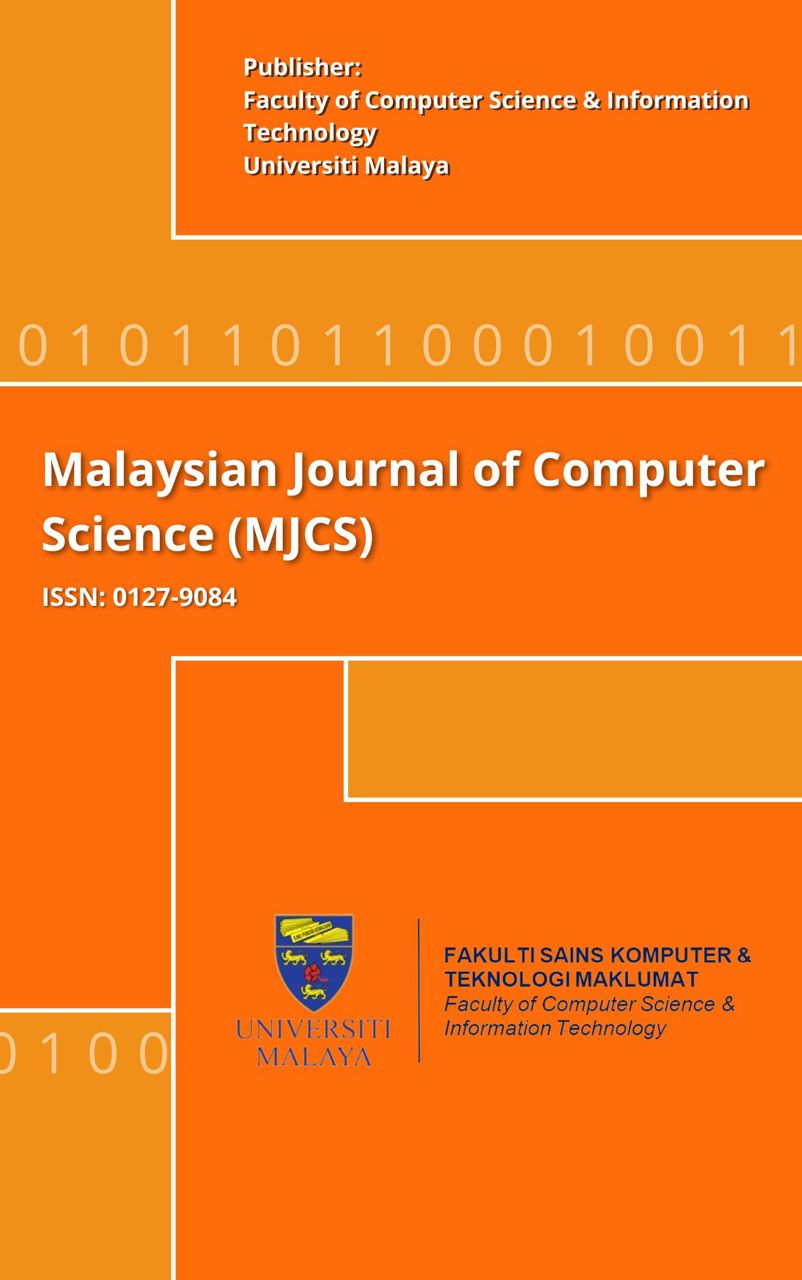The Feasibility of Employing IEEE802.11p in Electronic-Based Congestion Pricing Zone: A Comparative Study with RFID
Main Article Content
Abstract
Congestion pricing has been defined as the best solution to efficiently alleviate the traffic congestion in a designated area. Generally, the basis of congestion pricing zone (CPZ) systems comprised of the following three main phases: vehicle detection, data communication, and enforcement. In terms of data communication, the majority of the existing systems utilize Radio Frequency IDentification (RFID) which contains several limitations such as a low transmission range, low data rate, communication drawbacks like delay, tag and reader collisions, signal fading, and interception. In this particular context, it would be very constructive to take advantage of a Vehicular ad hoc Network (VANET) that is based on the Dedicated Short Range Communication (DSRC) method to design a pervasive-congestion pricing system. This study aims to design an optimized CPZmanagement model using VANET to solve the existing mainstream problems. The proposed approach is evaluated and validated using a simulation environment and a selection of tools including NS-2, SUMO, and TraNS. The experimental results from two different scenarios (i.e. using RFID-based RSU and DSRC-based RSU) were attained after considering the number, velocity, and occupancy of the contributed vehicles, and the traffic flow. The obtained results show that DSRC outperformed RFID in terms of occupancy, traffic flow, and velocity by an average of 8.27%, 22%, and 13.75%, respectively. Consequently, the DSRC employment under VANET infrastructure not only enhances data-communication, but also reduces traffic congestion around CPZ.
